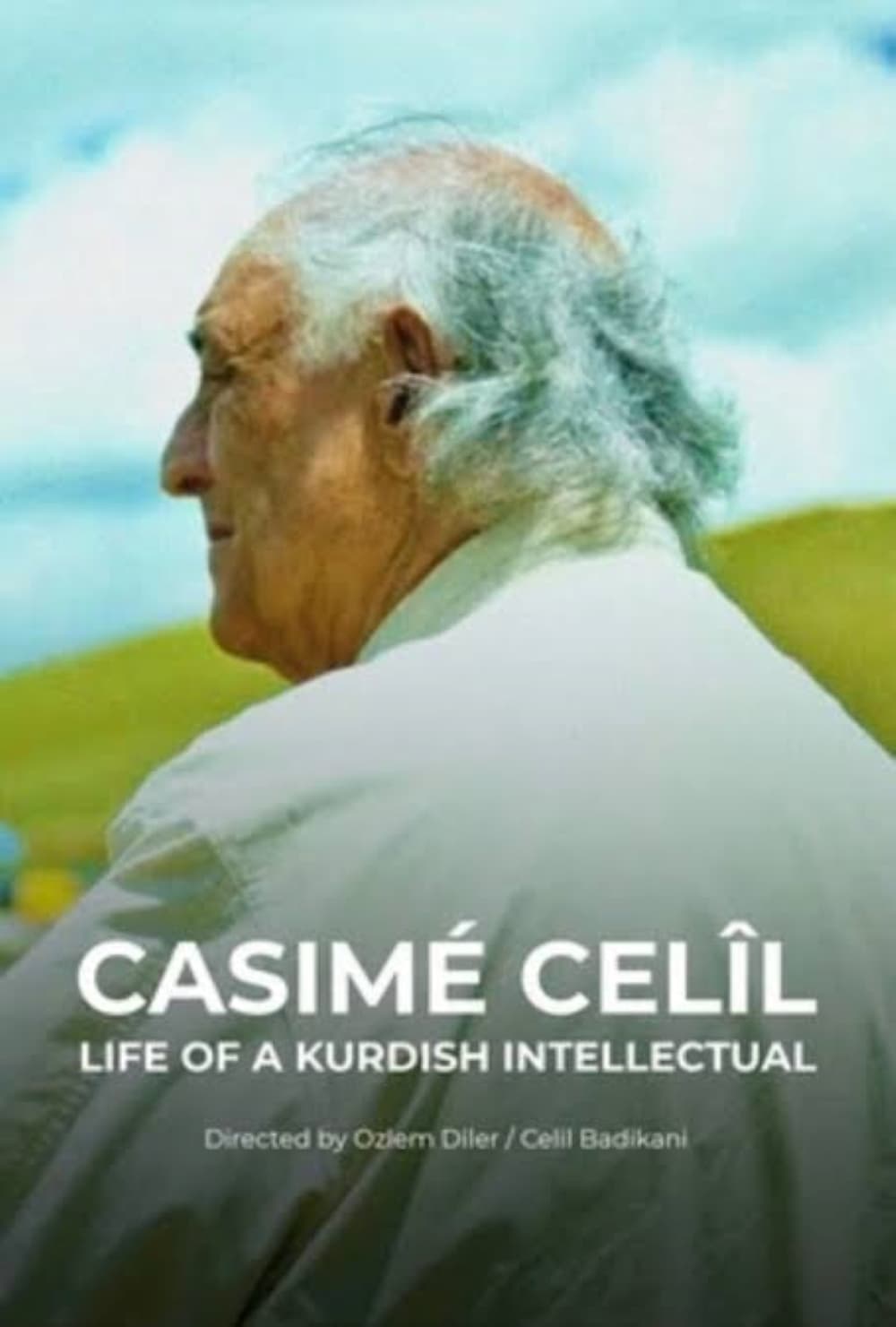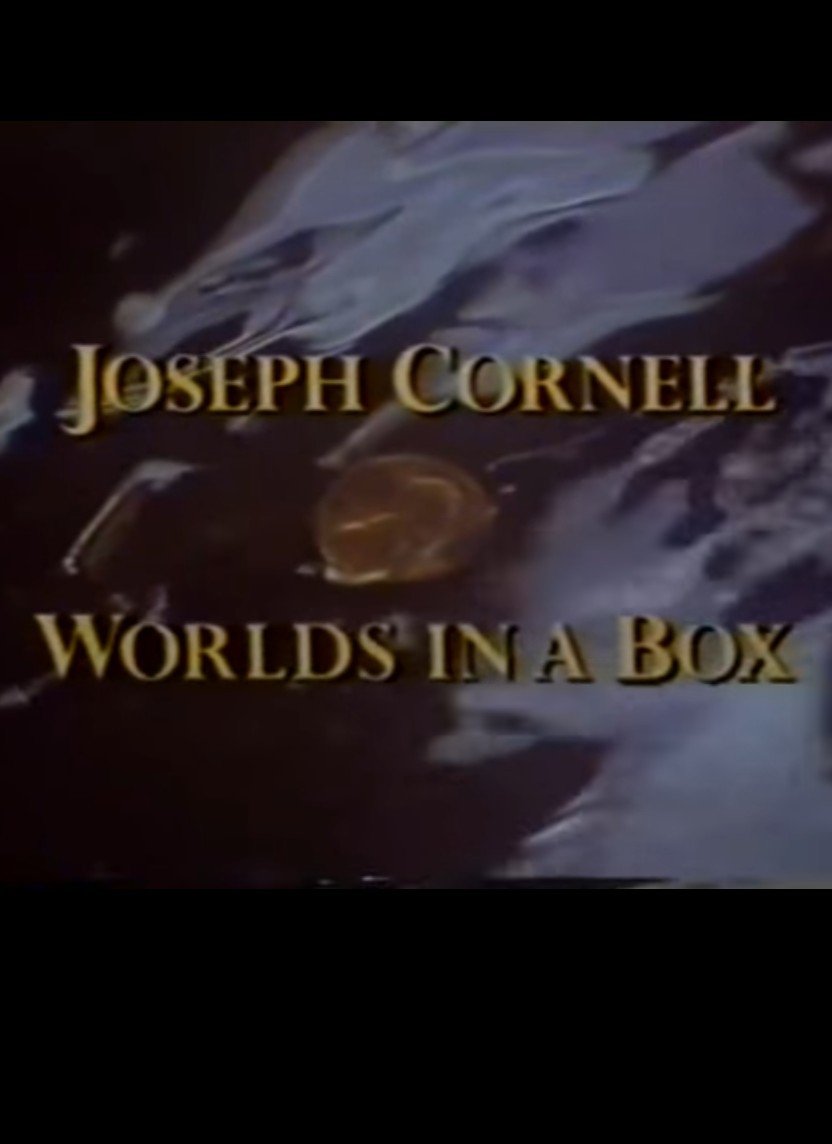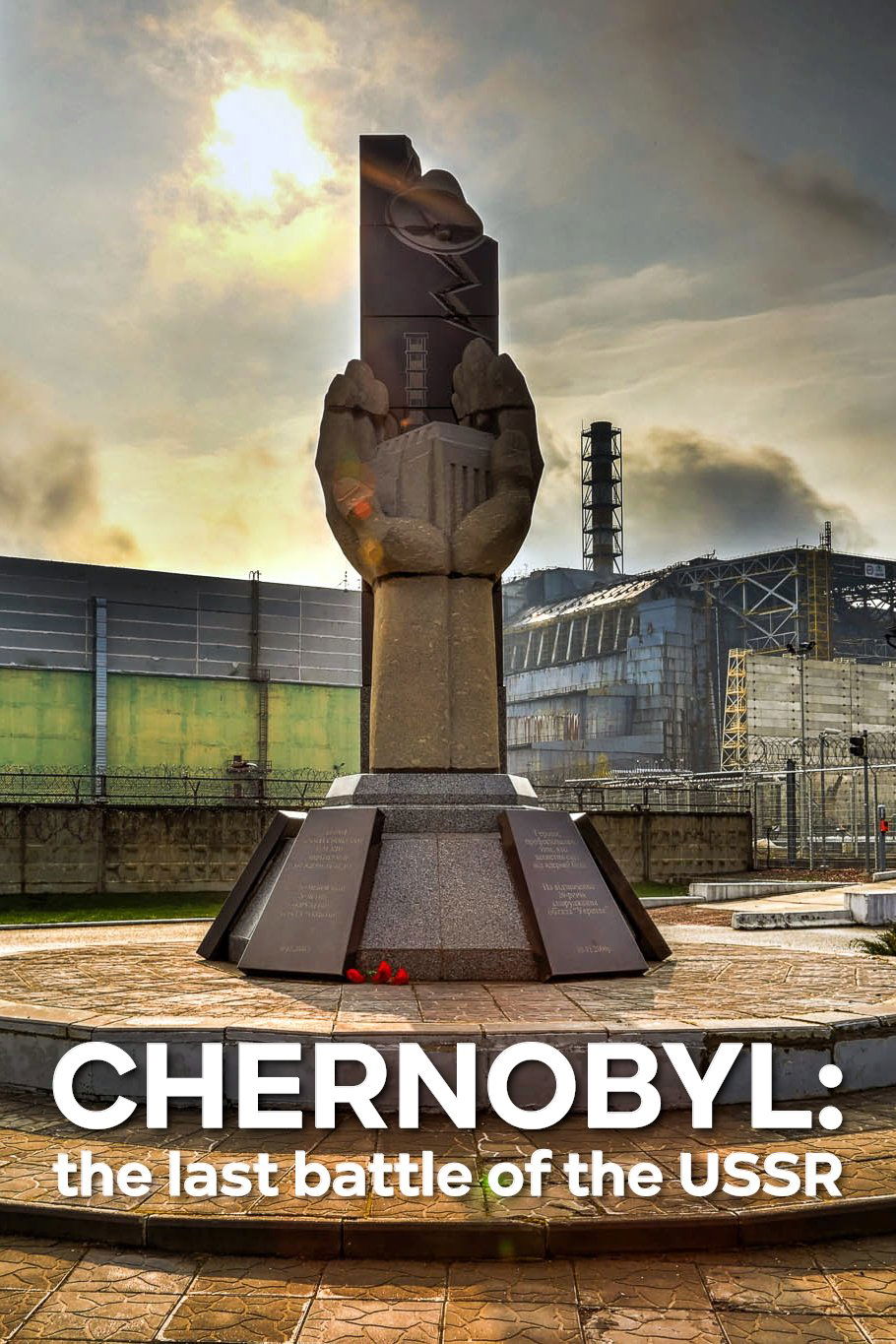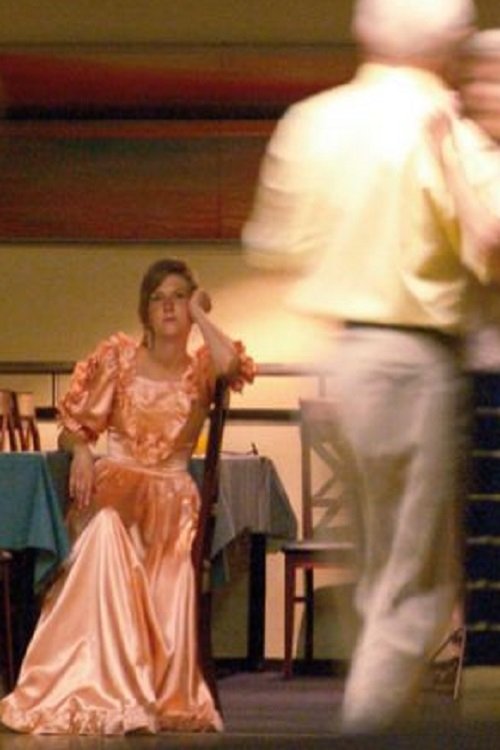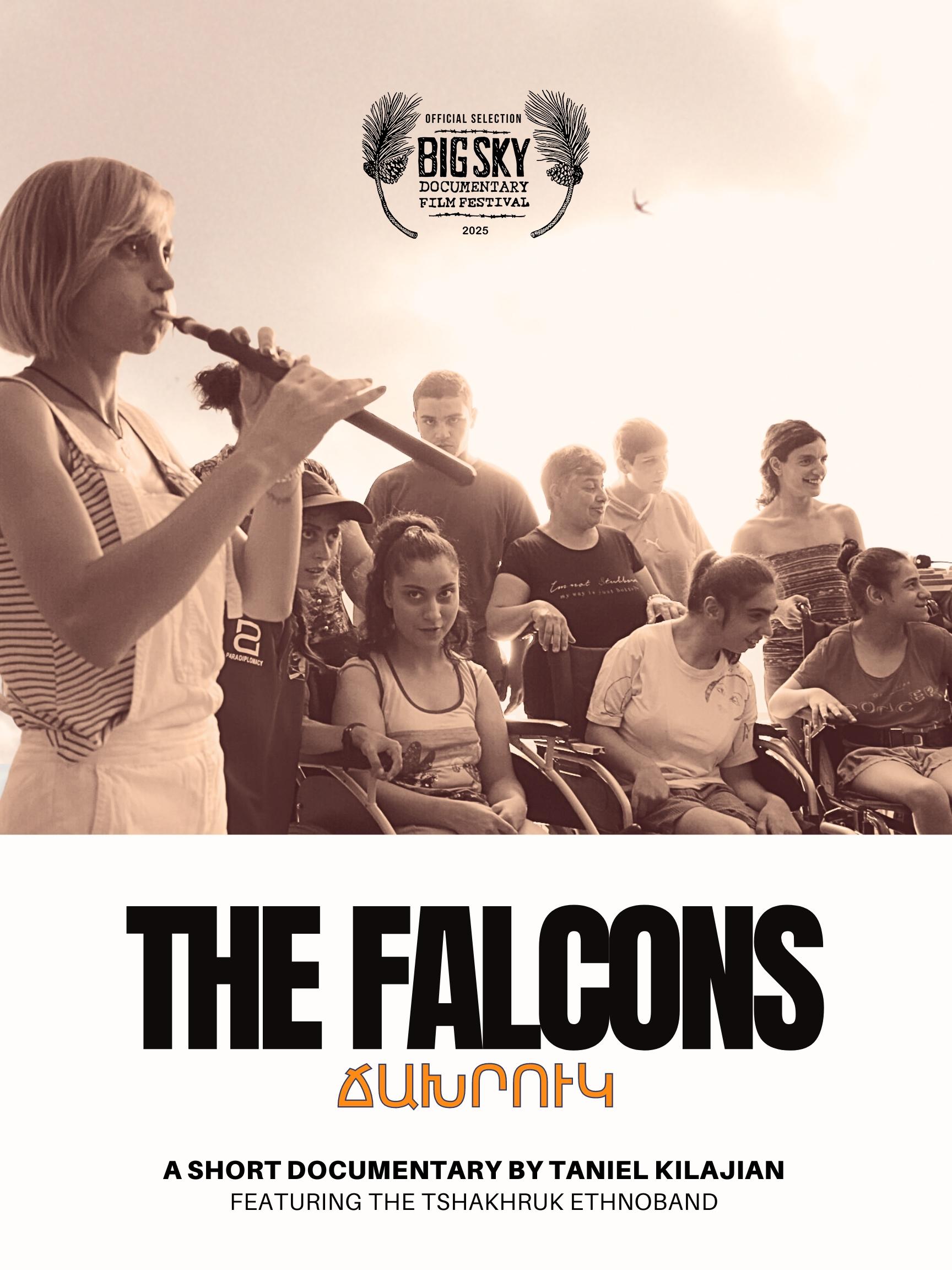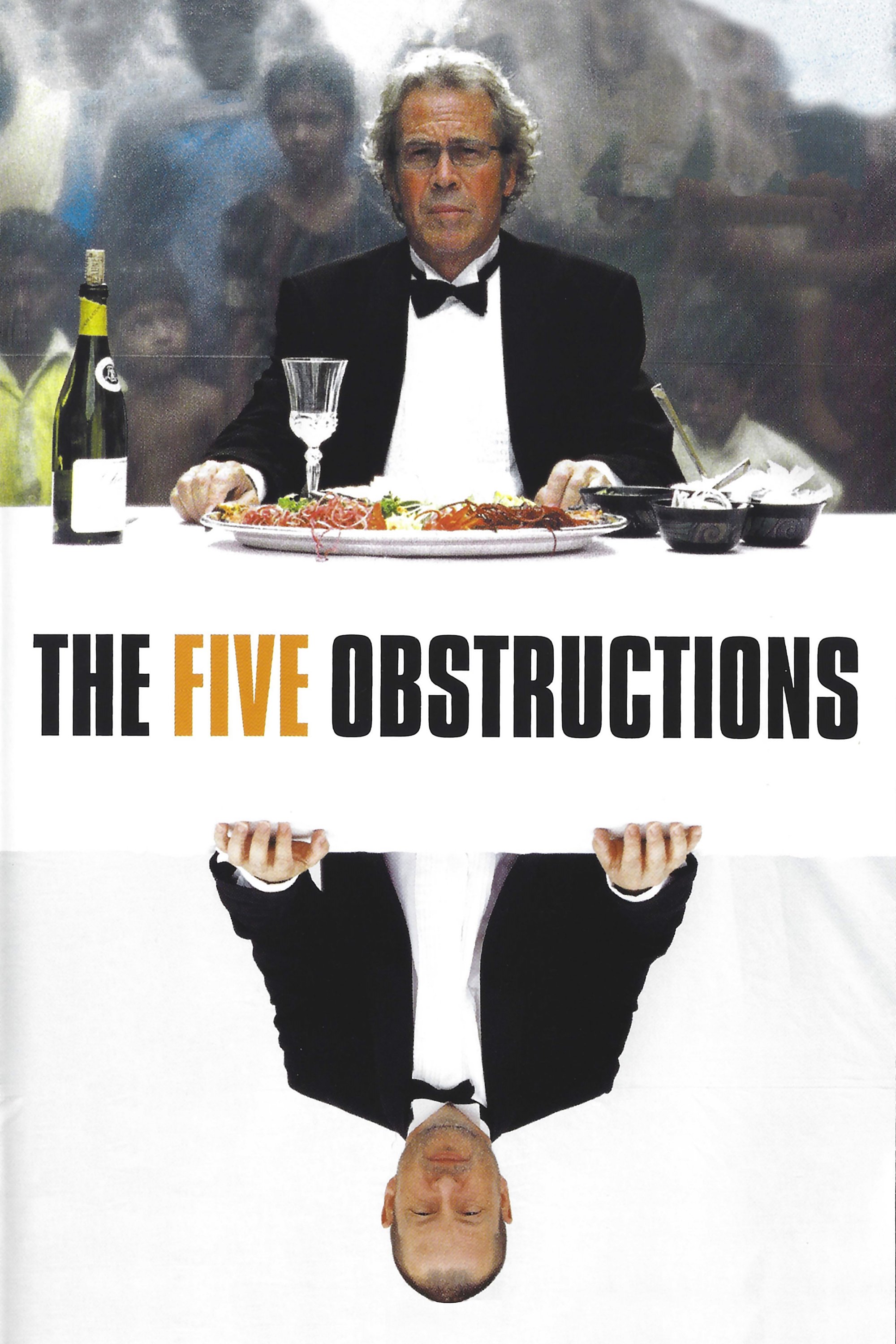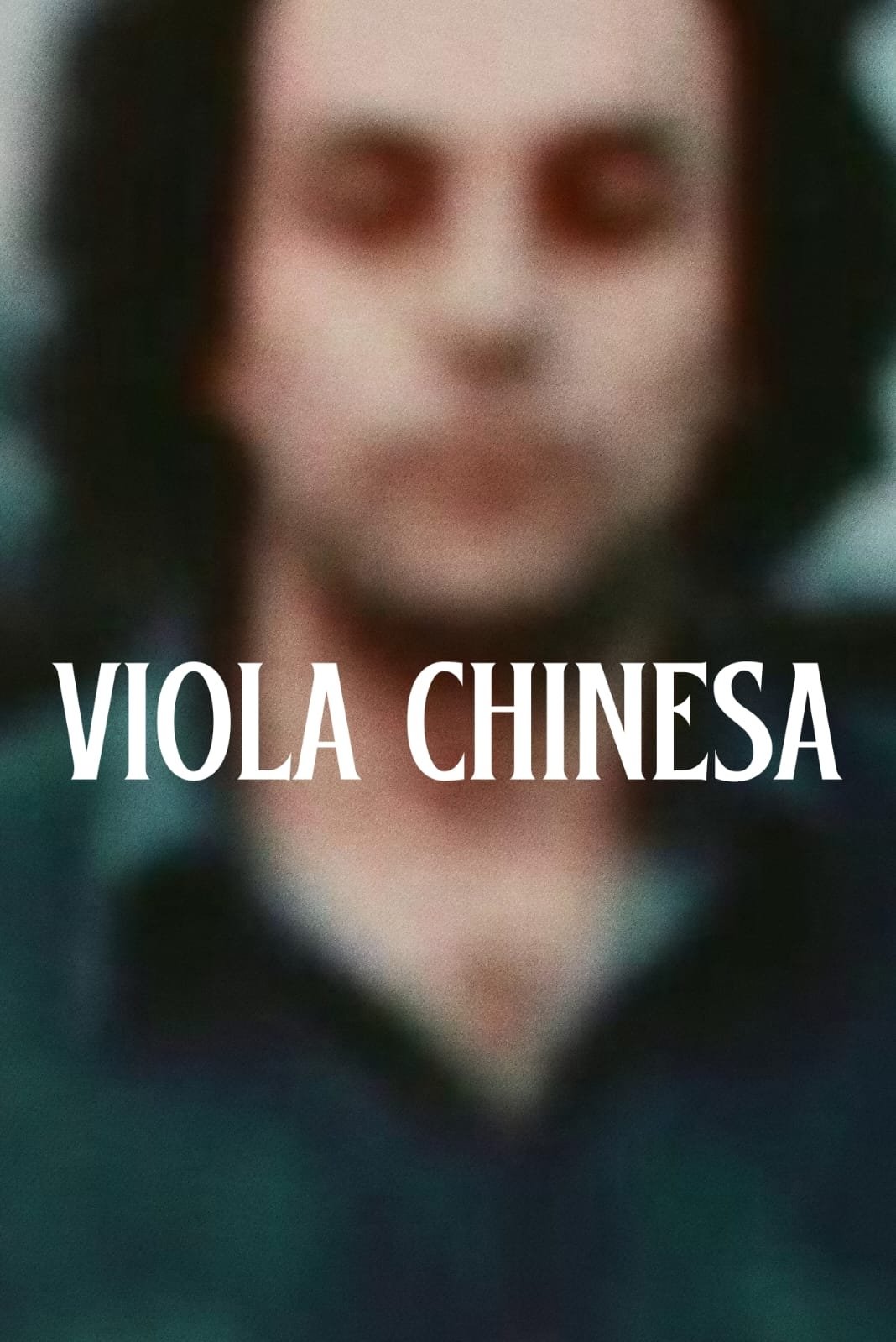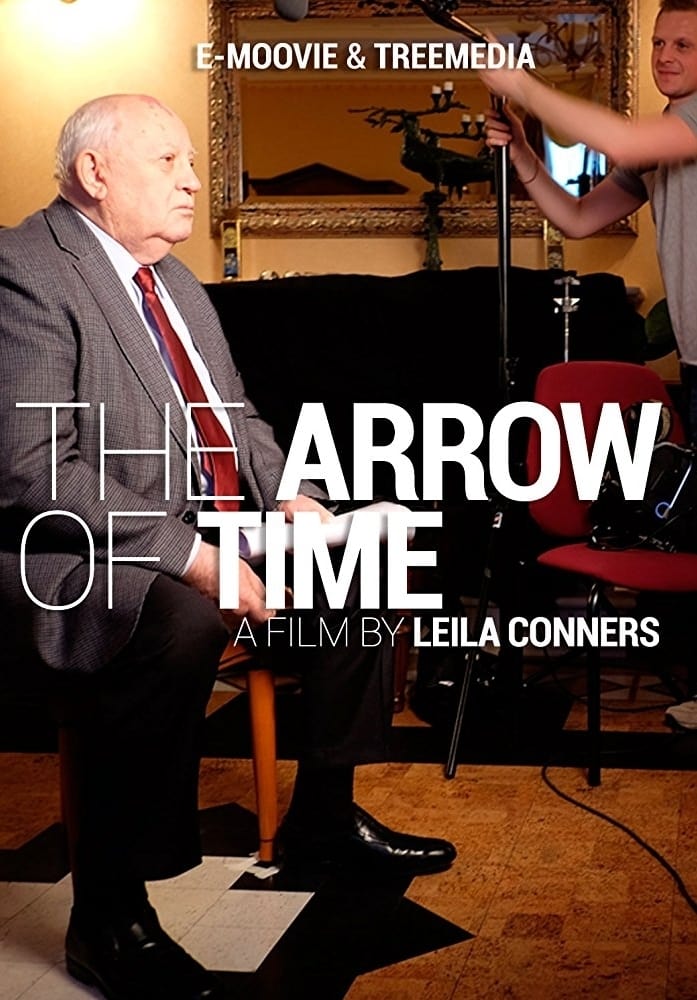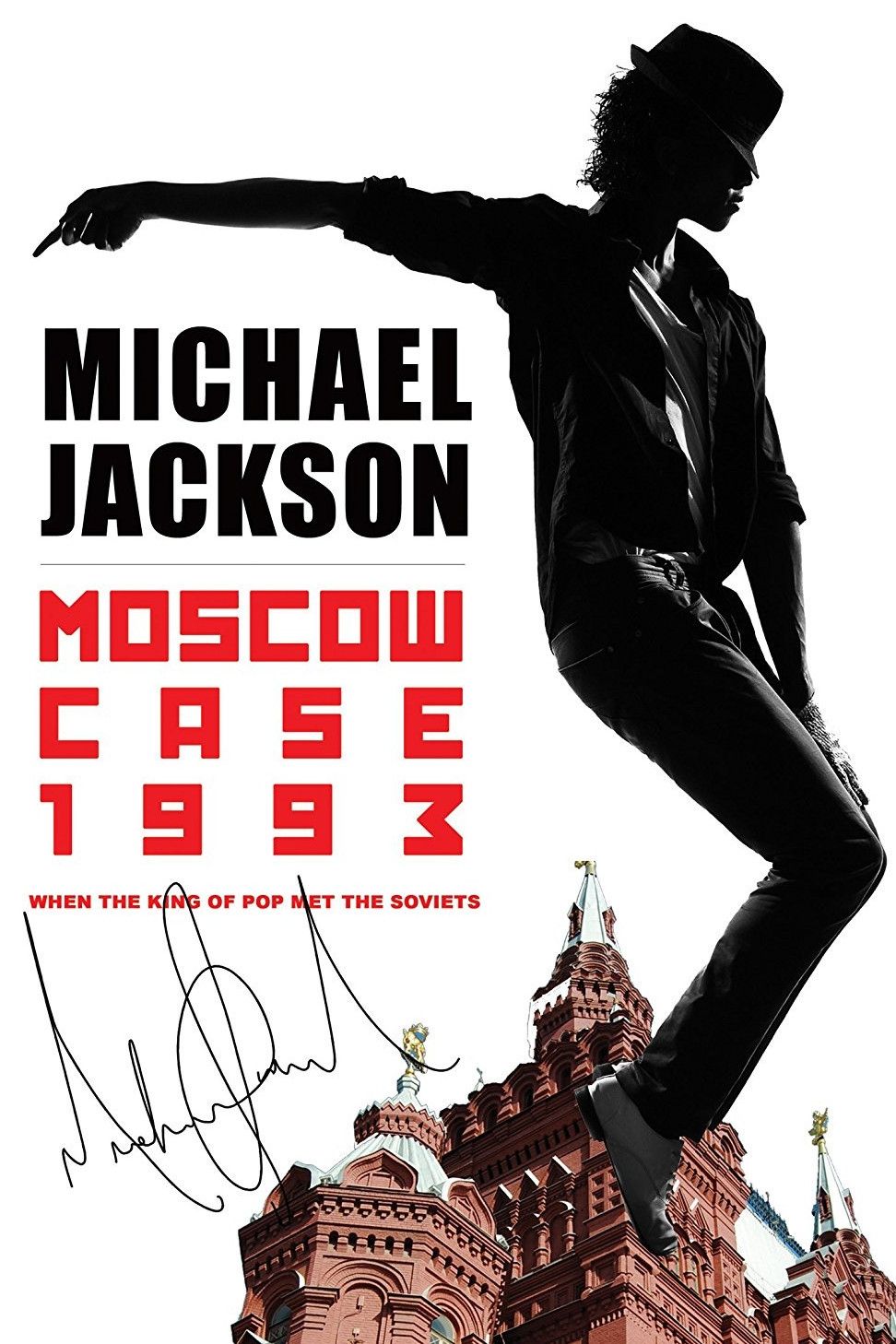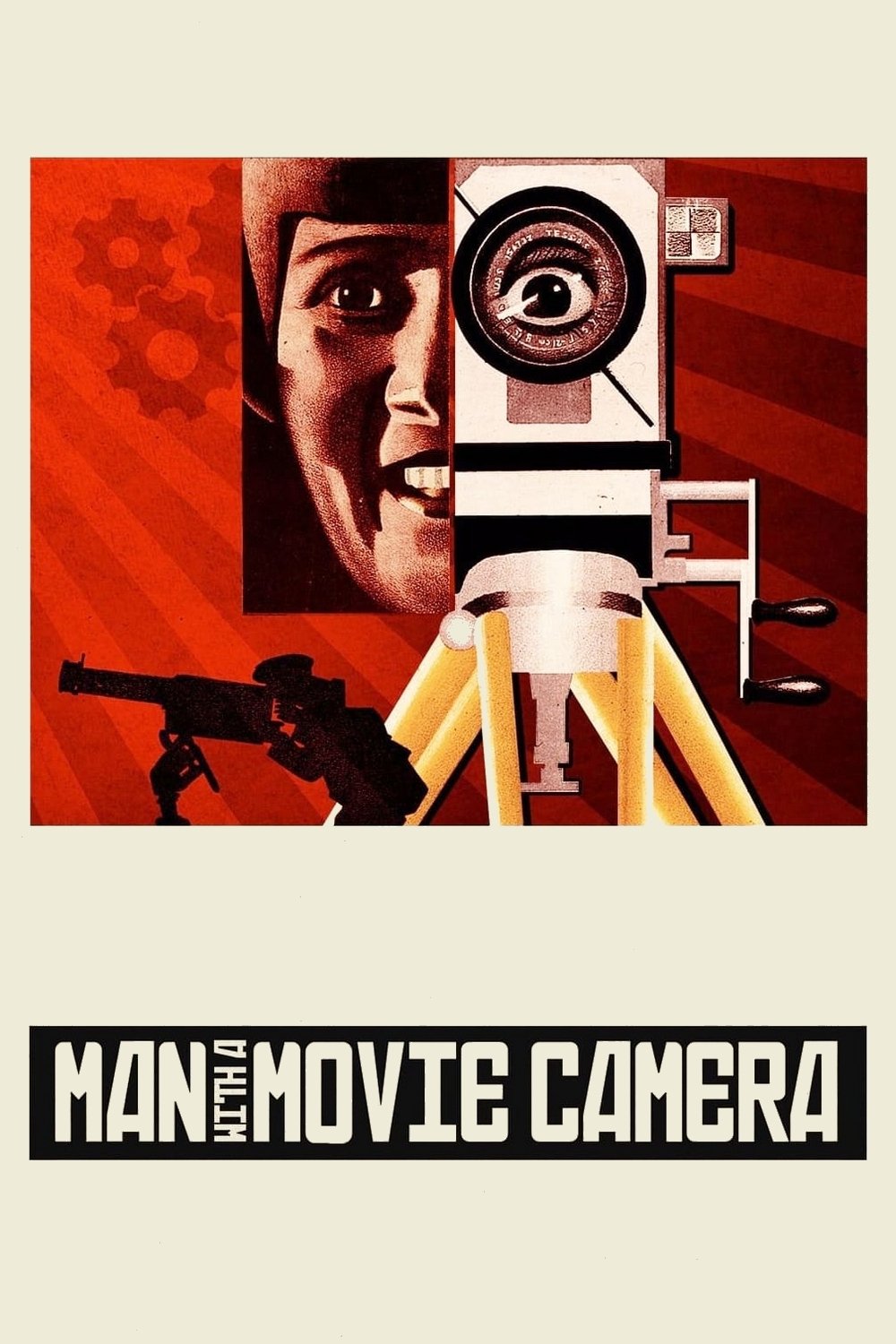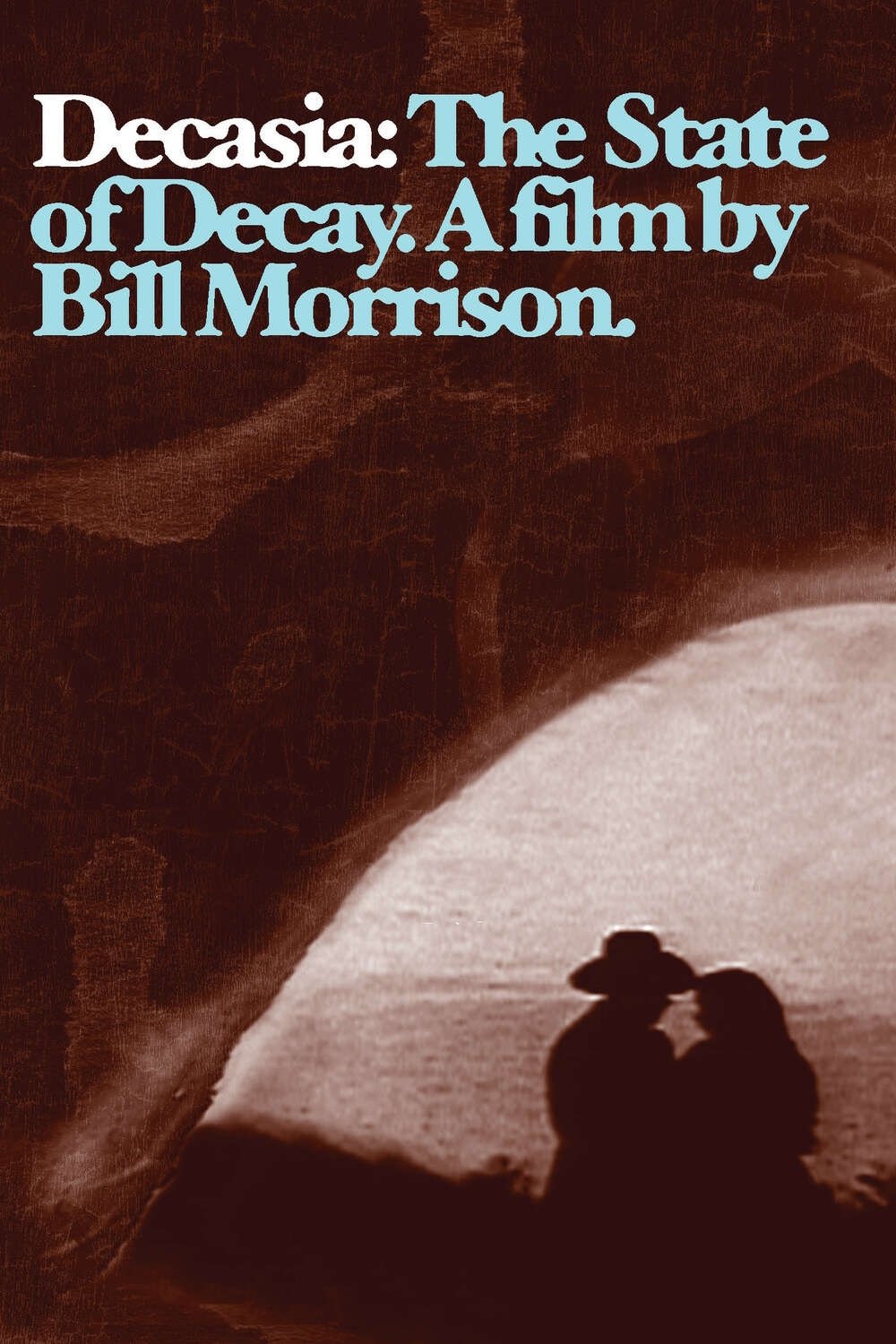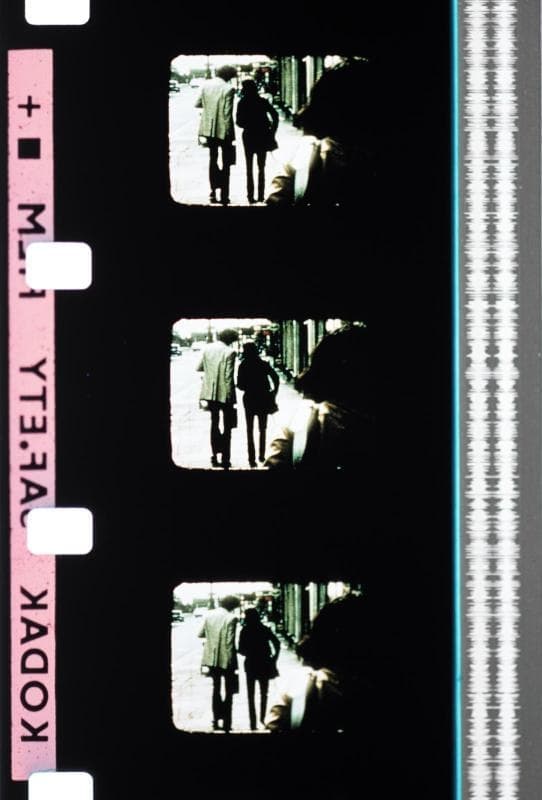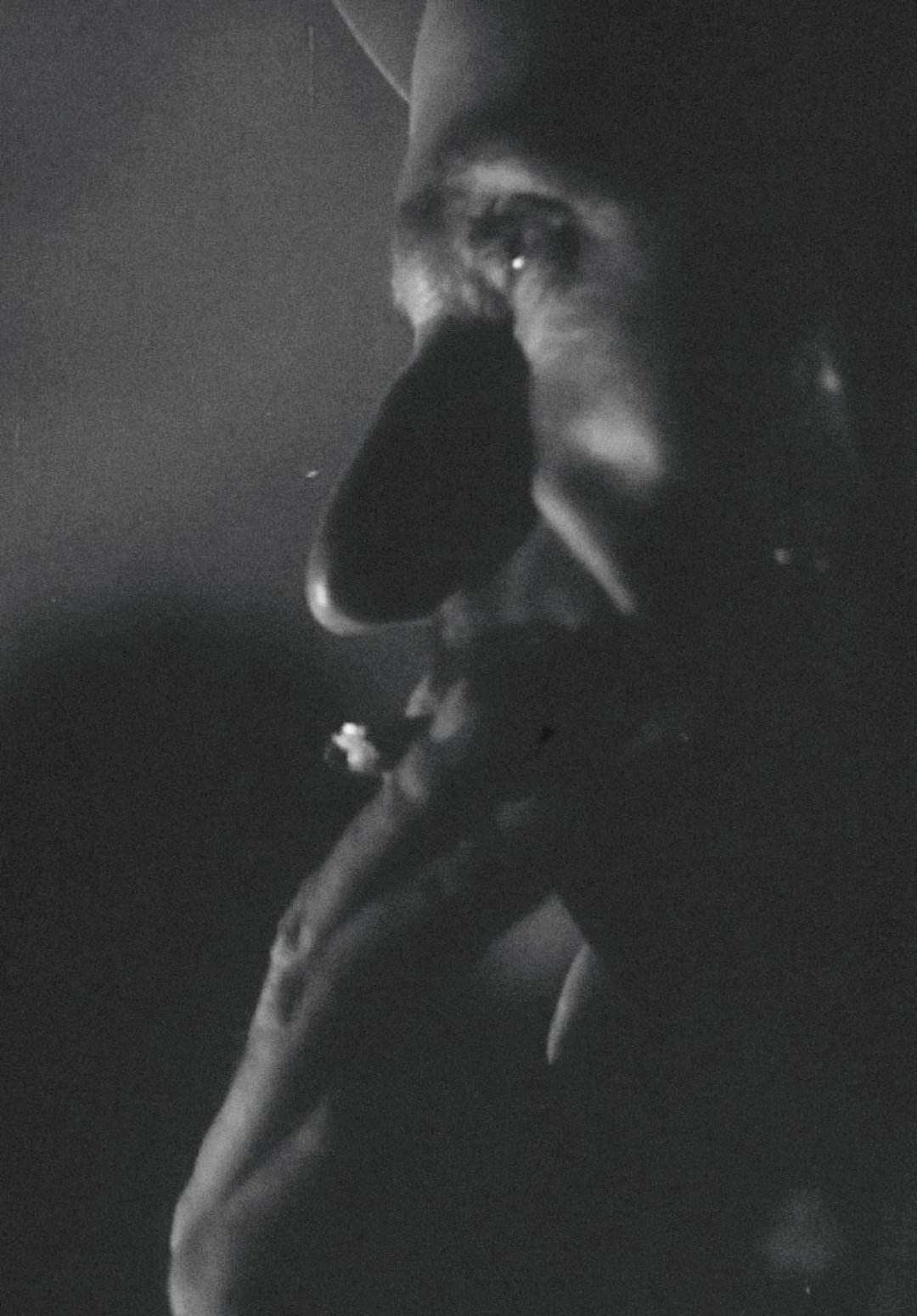
Mountain Vigil (1964)
Released:
1964-05-31
Duration:
10min
Genres:
Documentary
Rating 5.5
Overview
Poetic film about the struggle of man's will and muscles against nature, about the rock-climbers who prevent landslides and eliminate their consequences.
Production Companies
Yerevan Documentary Film Studio
Hayk Studio
Additional Info
| Budget | $0.00 |
|---|---|
| Revenue | $0.00 |
| Original Language | hy |
| Popularity | 0.3268 |
Directed By
Artavazd Peleshian
Crew
Camera Operator
Boris Ovsepyan
Boris Ovsepyan
Editor
Artavazd Peleshian
Artavazd Peleshian
Director
Artavazd Peleshian
Artavazd Peleshian
Writer
Gayane Arakelyan
Gayane Arakelyan
